If you are an avid wine connoisseur, you will find some of the world’s most beautiful winelands in abundance in South Africa. In fact, it is said that there are as many as 60 different wine regions, spanning around a quarter of a million acres. Known not only for sheer size, the areas in which the wines are created are known for their beauty, their understated elegance, and of course, the tastes of their wonderful creations.
The wine industry across the nation has revolutionised in recent years, both in the vineyard and in the winery. The winemakers are becoming more experimental, with many old favourites declining in popularity, making space for new kinds of wines to do increasingly well. There is a back-and-forth shift between white and red grape varieties – the former once dominated, but then more red plantings changed things. However, in the last few years, winegrowers have once again planted more whites than reds, in yet another reversal of the trends.
Over the course of this guide, we will take you through some of the best winegrowing areas of the region, detailing more about what they have come to be known for, along with the very best advice for travellers. Whether your expectations of South Africa’s wine region relate solely to the wines on offer themselves, or you’re open to the other activities available, we’re sure that the country will surprise you.
Steeped in history, Stellenbosch is one of the most famous wine making areas in South Africa, or perhaps even the world. Since the end of the 17th Century, the folks here have been producing the finest wines, partly in thanks to a perfect combination of mountainous terrain, excellent soils and just the right amount of rainfall. These days, there are more than 200 estates and producers, spread among contemporary and historical sites. Between them, they use almost all of the noble grape varieties, but the area is known for its deliciously blended reds.
Viticulture, which is the term used for the cultivation of grapes, is so important here that the local university is the only one in the country offering a degree in the subject! Many of its alumni have gone on to do great things in the wine world. The Elsenburg School of Agriculture is also nearby, and places a lot of emphasis on experimentation. There’s a real science to good wine, and while we rarely think of it, these institutions are focusing on new varieties and important, fascinating research all the time.
You can’t see “all” of Stellenbosch in one trip, but you can get a great feel for the area. The town itself, also known as “the town of oaks” features charming Cape Dutch architecture and it’s only around 45 minutes from Cape Town. Because of its sheer size, there are plenty of sub-routes within the area to appeal to tourists. These are Bottelary Hills, Greater Simonsberg, Helderberg, Stellenbosch Berg and Stellenbosch Valley. You’ll find idyllic scenes wherever you go, and there’s something for everyone. Whether you desire an al fresco picnic or somewhere to pair wines with chocolates and cheese, the various estates should keep your attention.
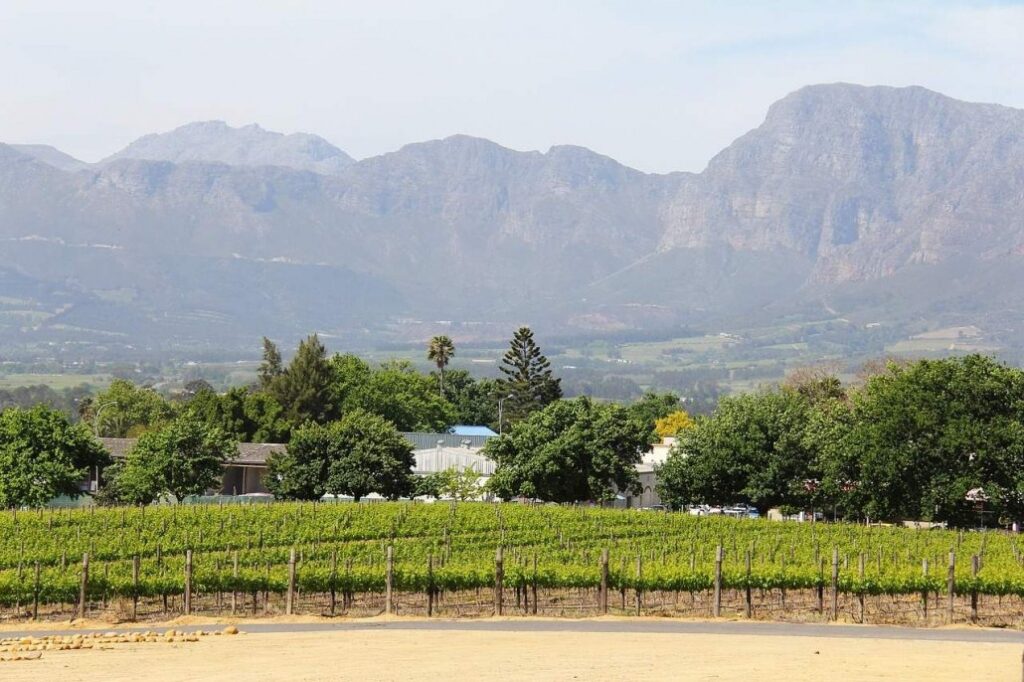
If your food is equally important to you as your wine, then the Franschhoek Wine Route, or so-called “culinary capital of the Cape” will serve you very well indeed. This area is known around the world for its delicious delights and it’s absolutely stunning, too. The valley itself was established by French Huguenot refugees in 1688, and with it they managed to merge European charms with the unmissable scenery, encompassing local mountainous peaks and rivers.
Visitors can begin their exploration of the captivating Franschhoek Valley with a visit to the main town, around a one hour drive from Cape Town. Here you will find a plethora of fine dining options as well as plenty to stimulate the minds of art appreciators from far and wide across several art galleries. If shopping is perhaps more up your street, the streets here are also lined with a delightful selection of high-end boutiques.
However, one must not forget about the real draw here, which is, of course, the wine. Here, you’ll venture out to Cape Dutch-style farms, known for producing almost every variant of wine under the sun. To remove the temptation of drink driving (which is obviously a crime throughout the country as it is in your home country) there is a Franschhoek Wine Tram hop-on hop-off tour. This is a really excellent choice if you want to see multiple farms in a day, and thus experience more of the flavour of the area and what it has to offer.
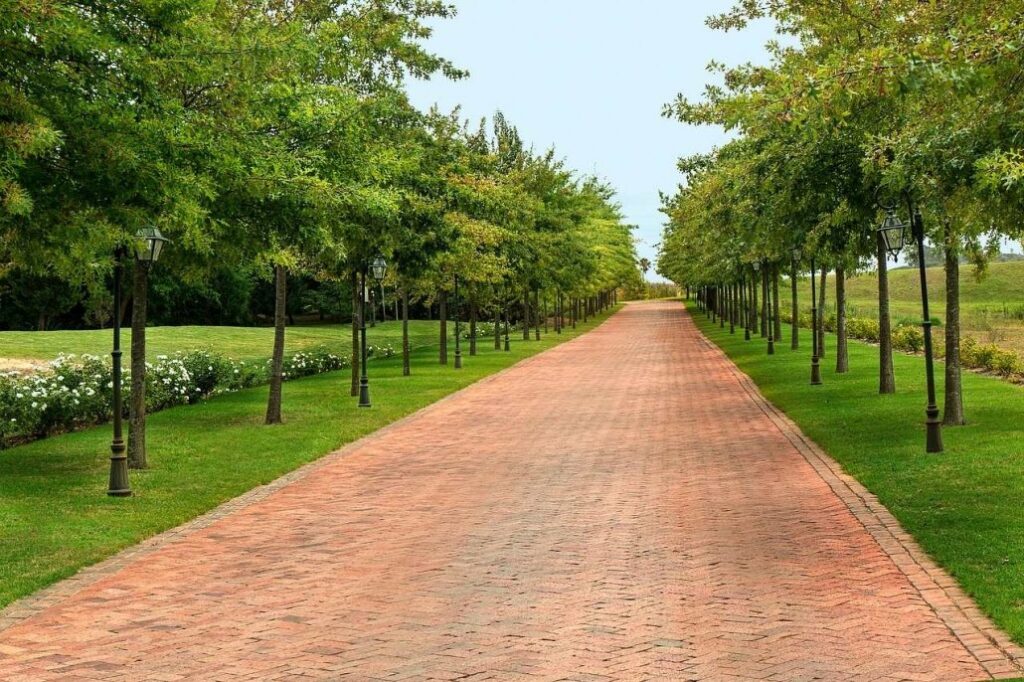
Just an hour’s drive from Cape Town you’ll find the Swartland district. The area, which when translated means “the black land” comes alive in the summer months with vineyard after vineyard in the foothills of the local mountains and along the banks of the Berg River. The lush greenery is in stark contrast to the landscape’s dark colouring of years gone by which earned it its name.
Traditionally, full-bodied red wines have thrived here, as have the best in fortified wines. These days, you’ll find that you can enjoy just about anything. From the depths of this region, award-winning reds and whites have emerged. In the red corner, the likes of Shiraz and Cabernet Sauvignon are on the rise. For those preferring whites, Chenin Blanc, Sauvignon Blanc and even Chardonnay are being increasingly produced.
Visitors here should note that there are a total of four wine wards; Malmesbury, Riebeekberg, Riebeeksrivier and St Helena Bay. There are around 24 wineries in the local area, with Allesverloren being the oldest.
The Swartland Wine Route is not without its own antiquated little towns, and you will enjoy exploring because of the rural charm, hospitality of the people and rustic local dining options. Other things of note in the region include beautiful, bright flowers in addition to olive tasting – there are plenty of opportunities to try these alongside the wines.
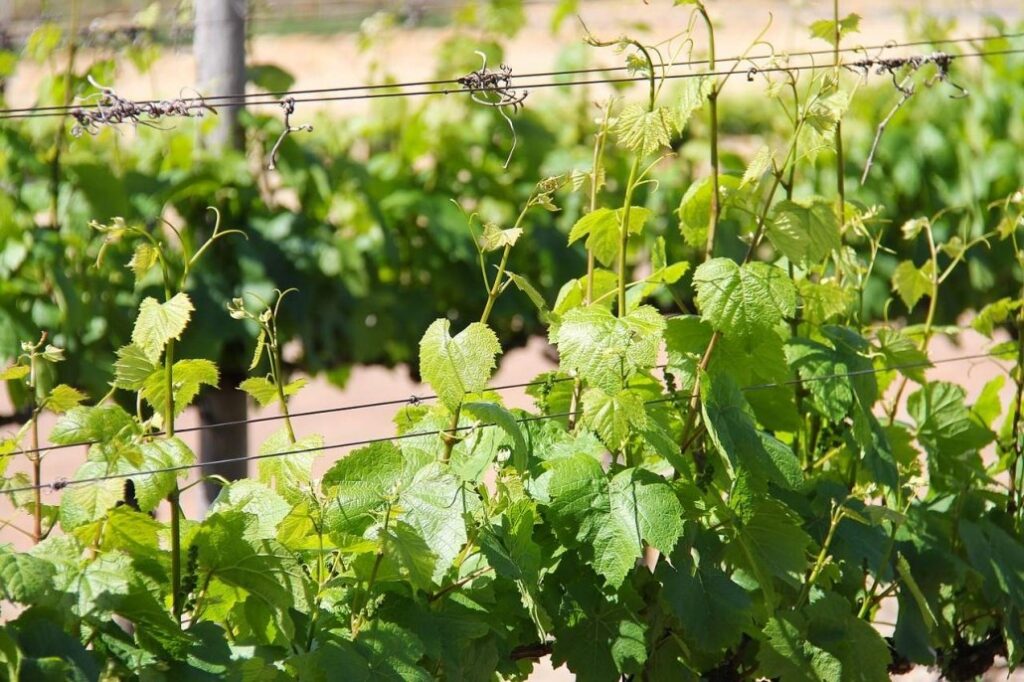
In Tulbagh, everything is versatile. Soils are different everywhere you turn, and regarding climate, there are stark differences between the temperatures in the day and night. Combine these characteristics with the fact that the Groot Winterhoek, Witzenberg and Obiekwaberg mountains surround the area on three different sides, you have a versatility here which allows for plenty of different kinds of grape plantings. However, the area is best explored if you have a particular penchant for bubbly, Pinotage or Shiraz.
The valley has been producing wine for hundreds of years, but it’s only recently that those outside of the area have begun to sit up and take note. Tulbagh is now well and truly on the map for wine lovers, as it merges the old, traditional side with a more contemporary edge without too much effort. It’s small, too, meaning that it’s not overwhelming, and with just 13 wineries, it could be covered in a weekend. Those before you have tended to enjoy Saronsberg Wine Cellar, which offers a wonderful art gallery and Drostdy Hof, a farm which doubles as a museum.
The town of Tulbagh has plenty to do, just over two hours from Cape Town’s centre. It’s somewhat of a cultural hub, with over 30 monuments on one street at its heart. Here you will see fine examples of how tradition meets innovation, alongside some really stand-out food.
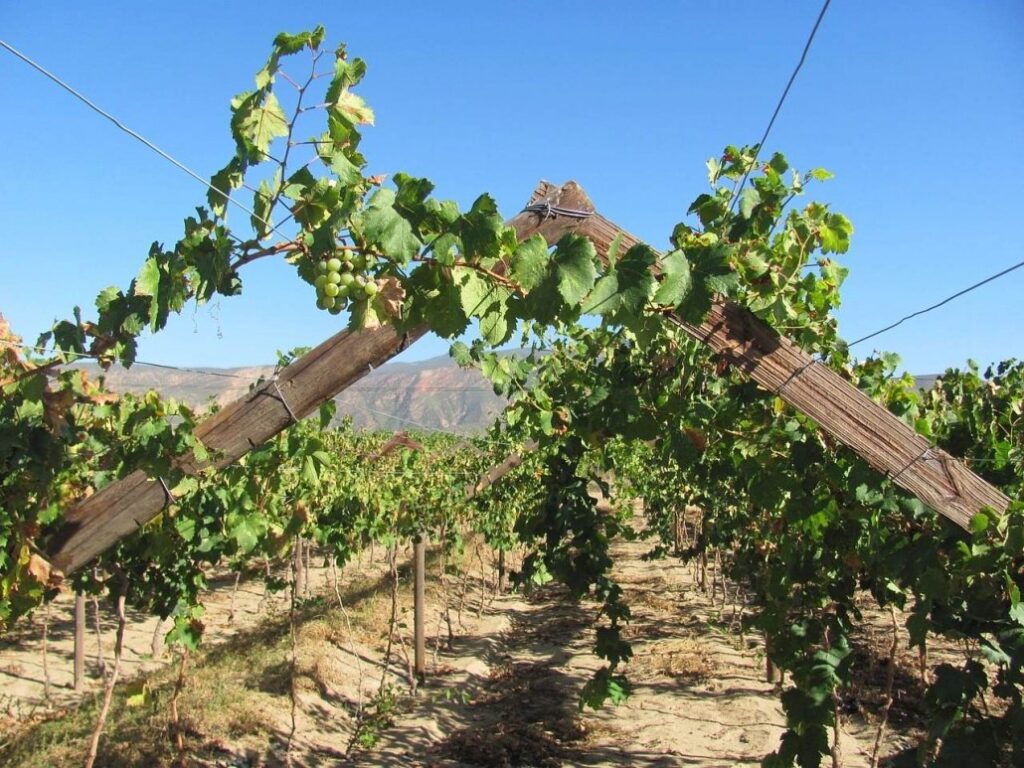
When designing a trip to satisfy more than just a love of wine, the Hermanus wine route makes for an excellent choice. Venturing just one hour and 45 minutes from Cape Town places you right in the action somewhere that can only be described as “the best of both worlds”.
Look to one side of the R320 roadway, and you’ll see the striking mountains. Then, to your other side, you’ll find the equally spectacular coastline. It’s this incredible coalescence which makes it possible to do everything you want to. In just one day, you can sample some of the finest wines, and then see the whales of the Atlantic mere minutes away.
The climate here is relatively cool, which means that there is a burgeoning Chardonnay and Pinot Noir wine scene. Deserving of a mention is Bouchard Finlayson, a boutique winery offering tasting, tours and even nature walks. It’s easily reached by the road, or they can accept visitors by helicopter if you so choose.
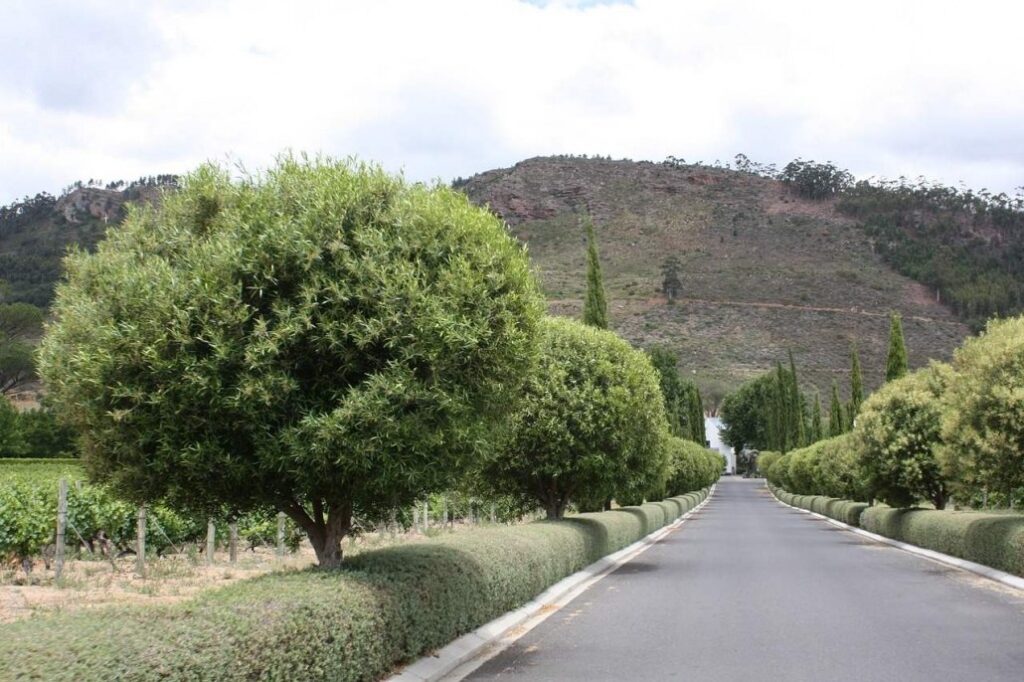
Combining elements of its neighbours, the rural Paarl wine route is surrounded by many major players in the wine game, such as Wellington, Stellenbosch and Franschhoek. It is also immersed among a mountainous backdrop, and has the Berg River flowing through. Here you will find a plentiful mix of grapes grown here, although Cabernet Sauvignon, Pinotage, Shiraz, Chardonnay and Chenin Blanc tend to thrive the most. Harvesting can be somewhat difficult in the area, but there are modern methods (such as supplementary irrigation) which helps ensure the process goes to plan.
Almost 30 farms here are spread around the surrounds of Paarl Rock, the town’s iconic pearl-shaped namesake. Paarl is relatively famous in its own right, claiming the popular Fairview winery as its own. Founded in 1693, the working farm produces not only wine, but artisanal cheeses. You can wander the vineyards, visit the restaurant, bakery and tasting room, or even visit the goats (yes, goats) at Goat Tower. This experience is truly different, and as such, it’s unforgettable.
The area as a whole is relatively innovative, responsible for creating the first white Pinotage in the world, in addition to bottling the country’s very first Bordeaux-style red blend. If you need, or would like, to sample Kosher wines, Kleine Draken is a wonderful place for this.
Staying here need not solely be about the wine, as Paarl is known for its appeal to adventure advocates. You can go mountain biking, quad biking or horse riding at Rhebokskloof estate, or enjoy other outdoor activities elsewhere. There are also plenty of choices when it comes to dining, but you ought to sample top-tier cuisine from Bosman’s, at the area’s only five-star accommodation offering, the Grand Roche Hotel.
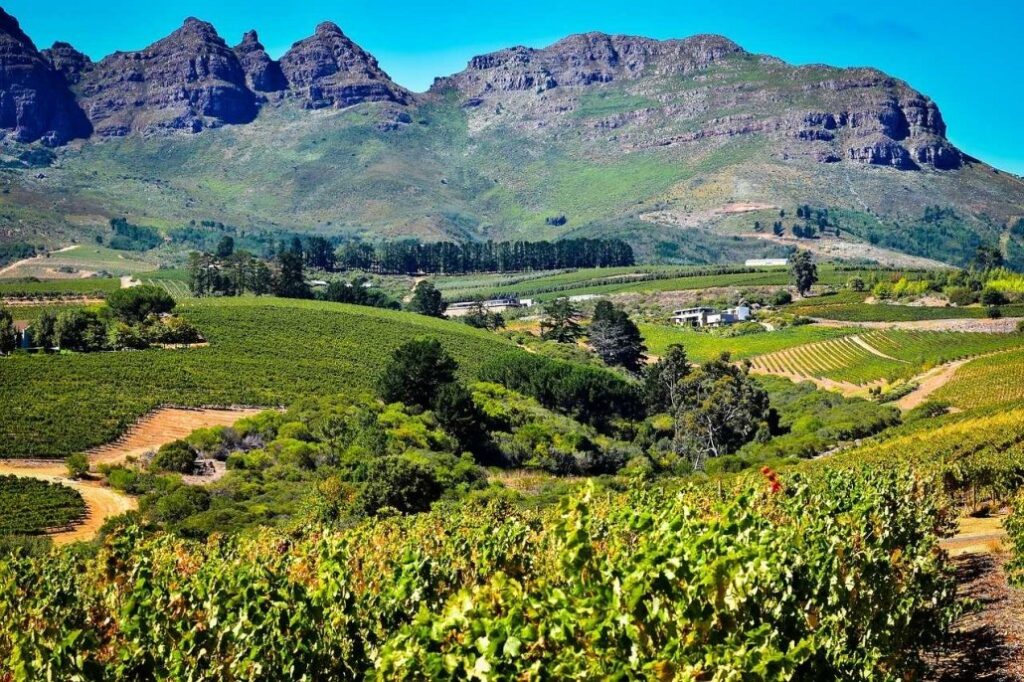
INSPIRATION
SIGN UP
Weekly travel inspiration, news and updates from our team of travel specialists
Sign up